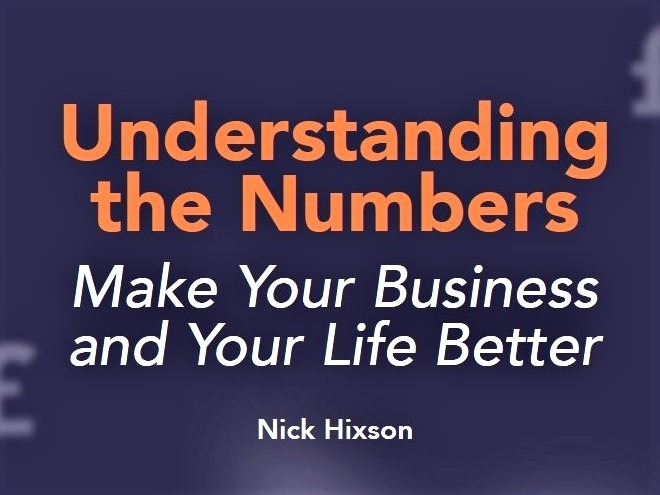Times are getting harder. What can you do? Here are two things, that you, as a business owner, can do to improve your businesses chances of surviving, and even thriving. They will seem counterproductive. But they are not. They work.
Lose the worst performing customers
As soon as you read that, you know who they are. You don’t need a list of criteria. You don’t need us to tell you who annoys you most, who doesn’t pay you on time, who always asks for discounts, who only buy small amounts. You know them.
If you want to get scientific, rank them A-E. That’s not scientific, but it’s a start. Your As are your top performers, and your Es are the ones who are going. You already know that 80% of your problems are caused by 20% of your customers. You know that 80% of your sales come from 20% of your customers, so you’re going to keep them. And so on. Pareto rules.
Let them go. Certainly, be nice about it. Tell them that you are no longer a good fit for them. Find them a competitor to go to, who may even pay you for the privilege. But let them go.
But what, we hear you say, is going to happen to my profits? What you are usually measuring when you say profits is sales. Your sales will go down. Your profits probably won’t. And they probably won’t because now you will have so much more time to spend with your good customers and in finding more customers like them.
Every time we’ve seen this done, it results in at worst no less profit, and usually more. For less effort, and far less aggravation. And a happier team and a happier you.
Put your prices up
Small businesses are terrible about putting their prices up. They are terrified that they will lose customers. Which customers will they lose, we wonder? Maybe the bottom 20% again. If you’re feeling properly scared about directly sacking customers, put prices up and some will leave anyway. You can even be selective. You don’t have to put all the prices on all the products up for all the customers. You can cherry-pick. And if your worst customers accept your price rise, then maybe they won’t then be your worst customers. They might become slightly better customers, if only for a time. You can keep them until they drop into the bottom 20% again.
Don’t worry about losing profit. You are again probably thinking about losing sales, which equals profit. It doesn’t. Sales usually has some cost of sales, whether you are sending a product or a service.
Here’s an example.
You make 30% gross profit, so every £100 gets you £30.
If you put your prices up by 10% across the board (you might cherry-pick products and services), how many customers (and sales) would you have to lose to be in the same position?
Sales are now £110 and gross profit is £40
The answer is 17% of your customers by value, on average.
And remember, none of this is cast in stone. If you start losing too many, change the prices back down again. It’s good to experiment.
Don’t implement both ideas at once. Maybe prices first, swiftly followed by losing the bottom 20%, if they haven’t gone already.
These ideas, and more, are in our short E book, Understanding the Numbers, Make your business and your life better. It will launch in the next 3 months. If you would like an advance discounted copy for £5 (normal price will be £7.99), email office@hixsons.co.uk
